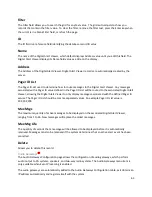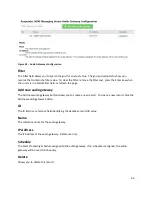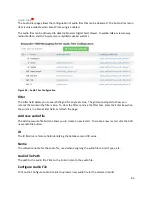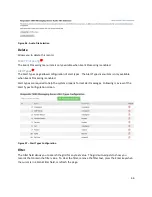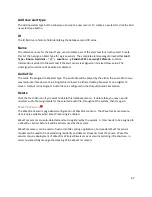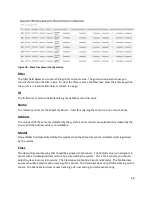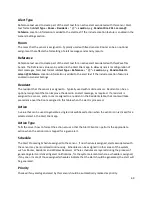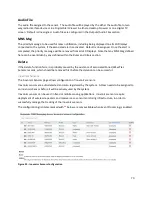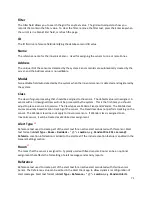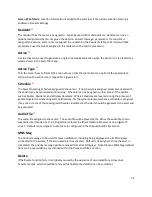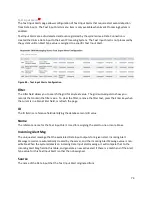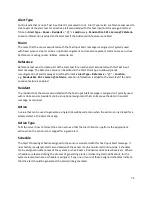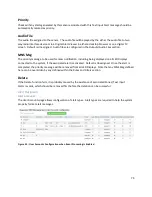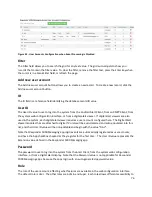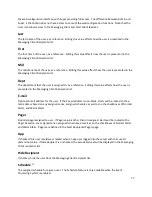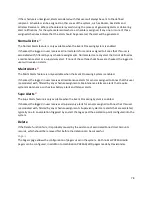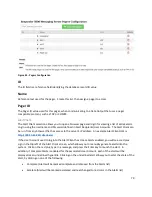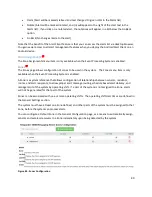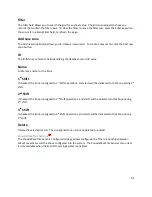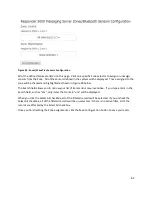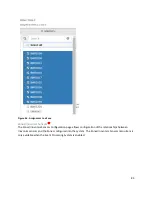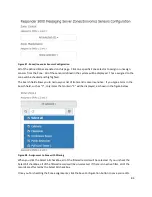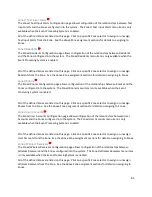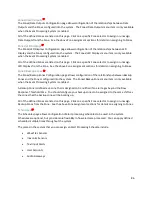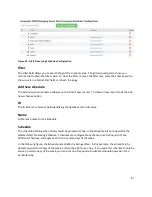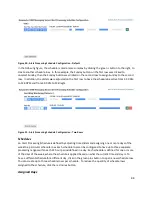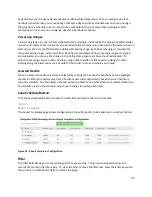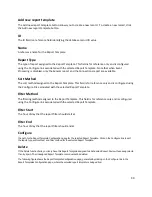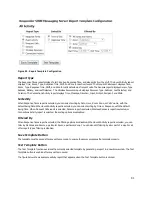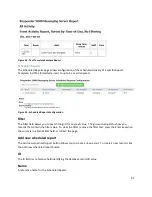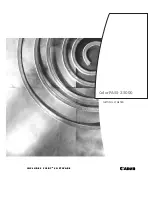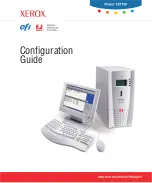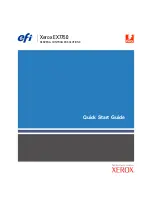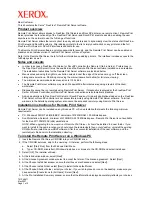
77
the web configuration interface, with Super providing full access. The difference between Admin and
Super, is that Admin does not have access to some of the web configuration functions. Note that the
User role allows access to the Messaging Client and Alert Client features.
Last
The last name of the user, as a reference. Editing this value affects how the user is presented in the
Messaging Client Recipients list.
First
The first name of the user, as a reference. Editing this value affects how the user is presented in the
Messaging Client Recipients list.
Mid
The middle name of the user, as a reference. Editing this value affects how the user is presented in the
Messaging Client Recipients list.
Dept
The department that the user is assigned to, as a reference. Editing this value affects how the user is
presented in the Messaging Client Recipients list.
Optional E-mail address for the user. If the E-mail address is non-blank, alerts will be routed to the e-
mail address based on any assigned zones, assigned schedules, as well as on the checkboxes of Normal
Alerts, and Maint Alerts
Pager
Optional pager assigned to user. If Pager value is other than Unassigned, alerts will be routed to the
Pager based on any assigned zones, assigned schedules, as well as on the checkboxes of Normal Alerts,
and Maint Alerts. Pagers are defined in the Alert Recipients/Pagers page.
App
If checked, this user record was created when an app user logged into the server with that userid
(Extension) value. If Hide Recipient is unchecked, the associated user will be displayed in the Messaging
Client recipients list.
Hide Recipient
If checked, hide the user from the Messaging Client recipients list.
Schedule
EP
The assigned schedule for a given user. The Schedule feature is only available when the Event
Processing System is enabled.

